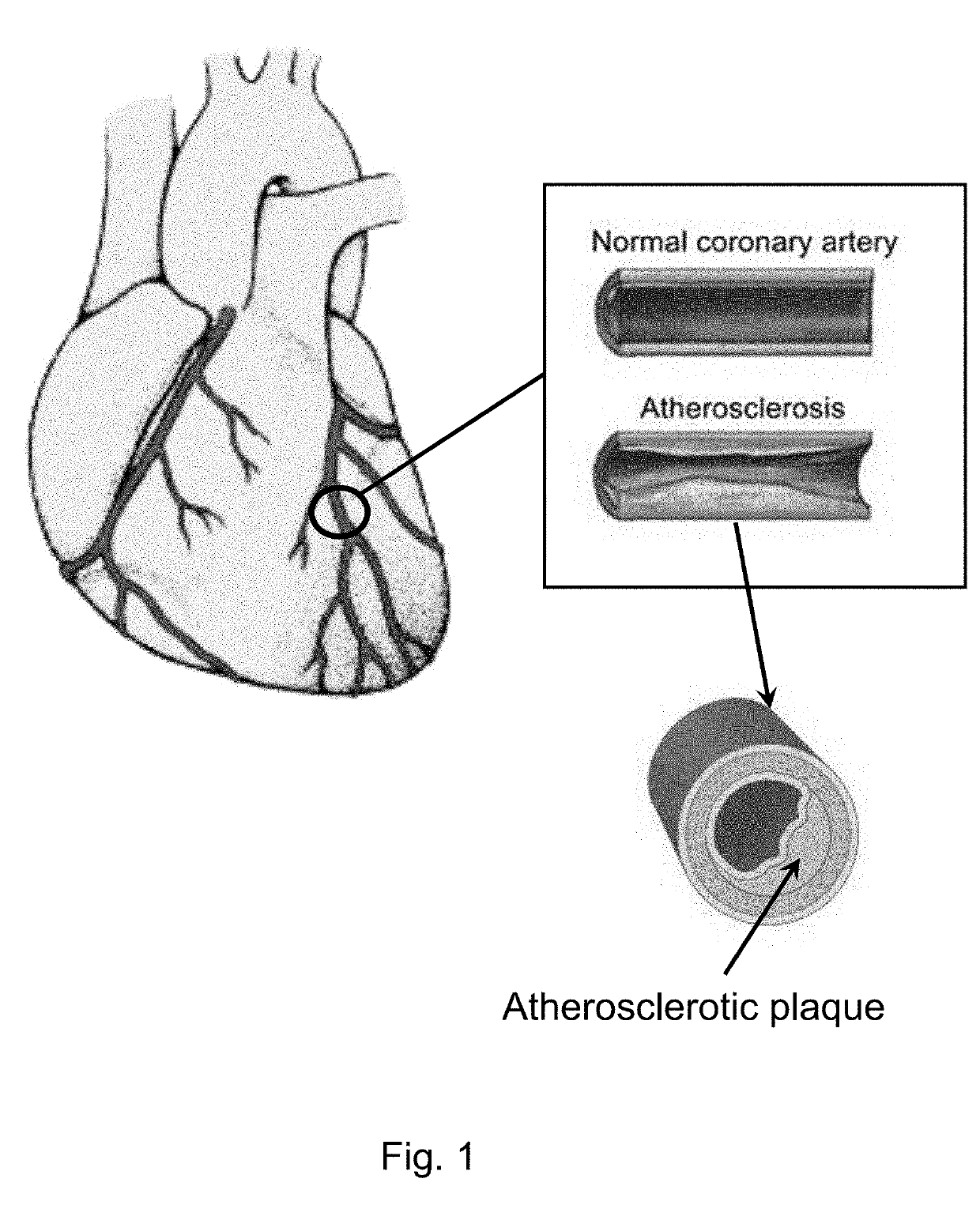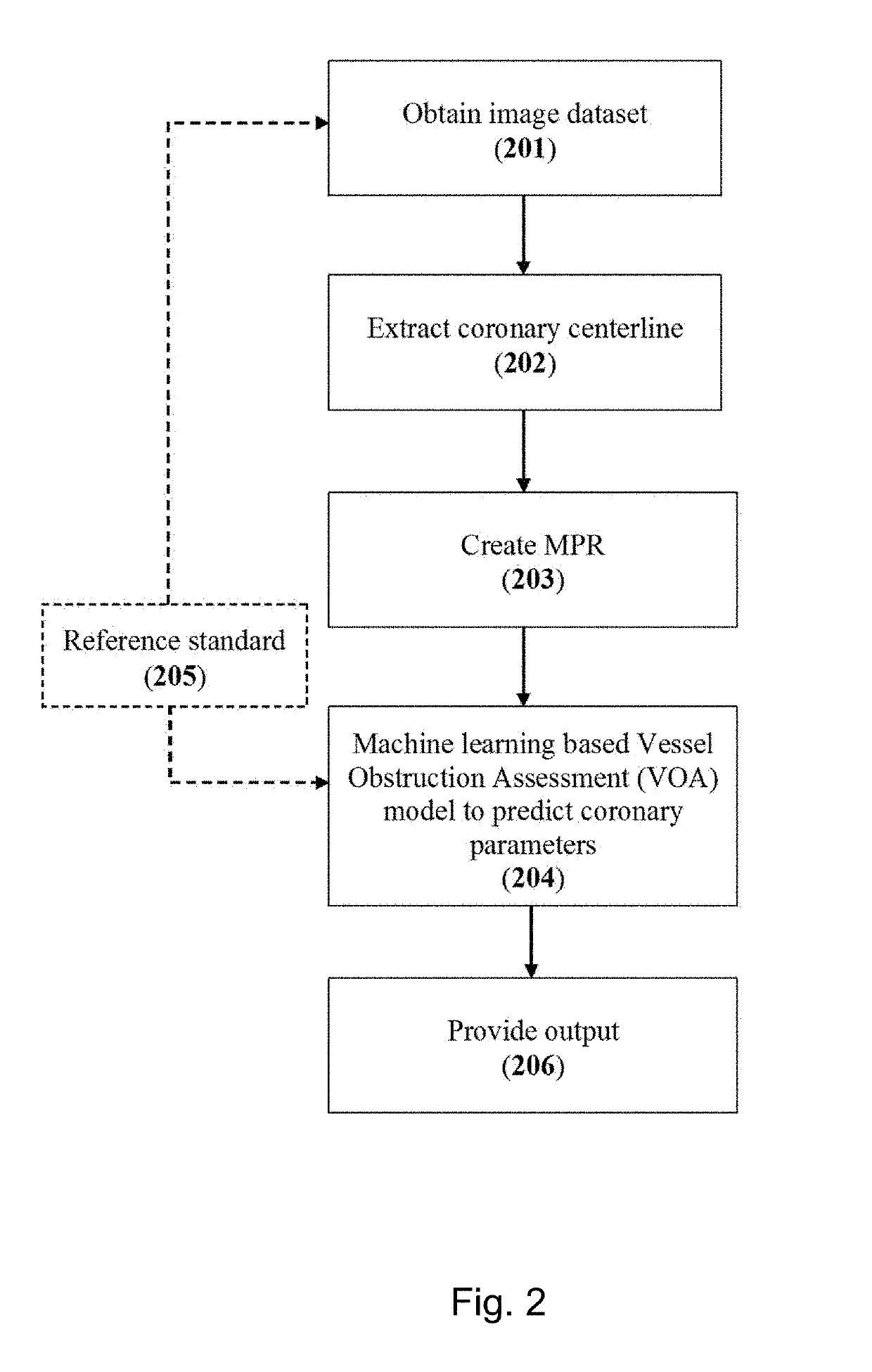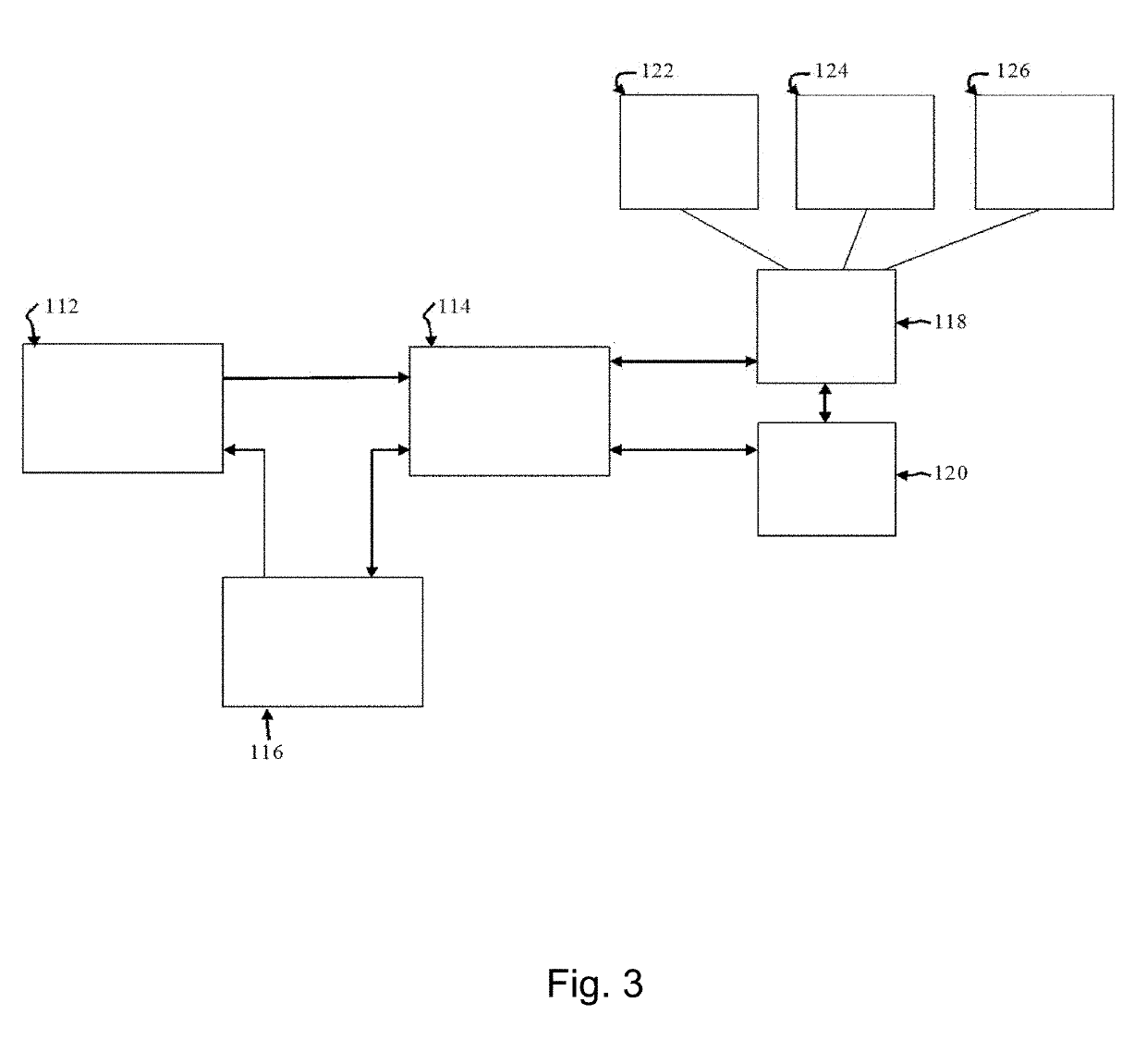Method and System for Assessing Vessel Obstruction Based on Machine Learning
a machine learning and vessel technology, applied in the field of machine learning-based methods and systems, can solve the problems of reduced oxygen supply to the myocardium, ischemia and chest pain, non-calcified plaques and mixed plaques are considered unstable and more prone to rupture, and achieve the effect of facilitating extraction of the voi parameter
- Summary
- Abstract
- Description
- Claims
- Application Information
AI Technical Summary
Benefits of technology
Problems solved by technology
Method used
Image
Examples
example 1
[0178]A method for assessing a vessel obstruction, the method comprising:
[0179]obtaining a volumetric image dataset for a target organ that includes a vessel of interest;
[0180]extracting an axial trajectory extending along of a vessel of interest (VOI) within the volumetric image dataset;
[0181]creating a three-dimensional (3D) multi-planer reformatted (MPR) image based on the volumetric image dataset and the axial trajectory of the VOI; and
[0182]extracting a VOI parameter from the MPR image utilizing a machine learning-based vessel obstruction assessment (VOA) model.
example 2
[0183]The method of one or more of the examples herein, further comprising implementing a prediction phase to at least one of i) detect plaque type; ii) classifying anatomical severity of vessel blockage; and / or iii) classifying a hemodynamic severity of vessel obstructions within an unseen portion of the volumetric image data set.
example 3
[0184]The method of one or more of the examples herein, wherein the machine learning-based VOA model generates a sequence of cubes from the MPR image, each of the cubes including a group of voxel from the MPR image, the sequence of cubes created within sections of the VOI resulting in a sequence of cubes for corresponding sections.
PUM
 Login to View More
Login to View More Abstract
Description
Claims
Application Information
 Login to View More
Login to View More - R&D
- Intellectual Property
- Life Sciences
- Materials
- Tech Scout
- Unparalleled Data Quality
- Higher Quality Content
- 60% Fewer Hallucinations
Browse by: Latest US Patents, China's latest patents, Technical Efficacy Thesaurus, Application Domain, Technology Topic, Popular Technical Reports.
© 2025 PatSnap. All rights reserved.Legal|Privacy policy|Modern Slavery Act Transparency Statement|Sitemap|About US| Contact US: help@patsnap.com



